The one thing to say about this plant is that there isn’t much said about it. This is a newly recorded species from Southern China and Thailand. One really cool thing about the species is that it grows very long runner like rhizomes. These quickly spread through any container and begin growing out the drain holes.
These are pretty rare, I’ve never seen one for sale, except here at Randy’s Tropical Plants of course.
This species blooms laterally, with the inflorescence emerging from the soil alongside the pseudostems. The torch shaped inflorescence has red bracts that are bright yellow at the base, giving them the appearance of being lit from inside. The lemon yellow corollas emerge sequentially from between the bracts.
Since the pseudostems grow from long running rhizomes, they tend to grow in a circle around the edge of the pot. They are easily propagated from rhizome divisions.
Curcuma rubrobracteata goes through a dormancy. This dormancy probably corresponds with regional dry periods, because it goes dormant even when I grow it in a greenhouse or terrarium.
The following information is based entirely on my own anecdotal experience with this plant. I simply couldn’t find any information to support or refute my observations. In light of that, keep in mind that this information may change in the future.
Origin
Southern China, Thailand
Binomial nomenclature
Curcuma rubrobracteata
Common names
None
Description
This plant has attractive glossy foliage. Lanceolate glabrous leaves emerge from pseudostems, which grow from long stolon-like rhizomes. The lateral inflorescence consists of red bracts with yellow bases, and yellow corollas. The flowers aren’t prominent because they are recessed beneath the foliage, but they are, in and of themselves, quite stunning.
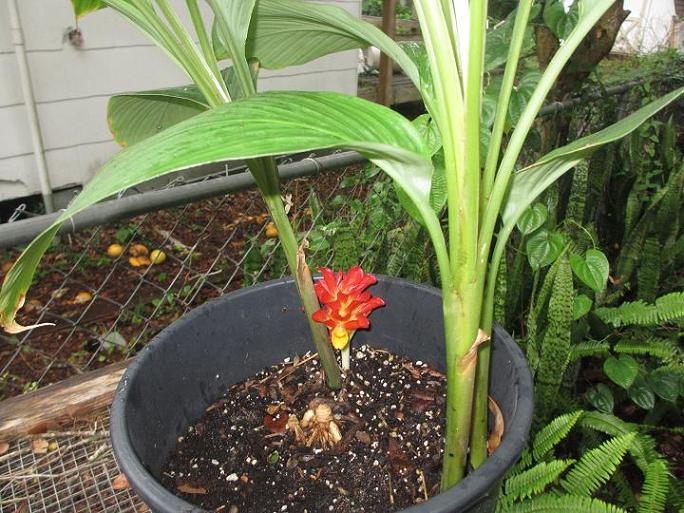
Height
28″
Temperature/Zone
Zone 9, 45°F or higher. In zones lower than 9, they can be Wintered indoors once they go dormant. I’m not actually sure how much cold this plant is capable of withstanding.
Light
Filtered shade.
Water
Keep them evenly moist during the warm months, but allow them to dry out during the winter.
Fertilizer
I use an all purpose fertilizer. Do not fertilize during the Winter.
Cultivation
C. rubrobracteata prefers rich, well drained soil, but is not adapted to heavy clay soil.
Pests
The only pests I’ve found on this plant are root mealy bugs. I use imidacloprid, a systemic pesticide.

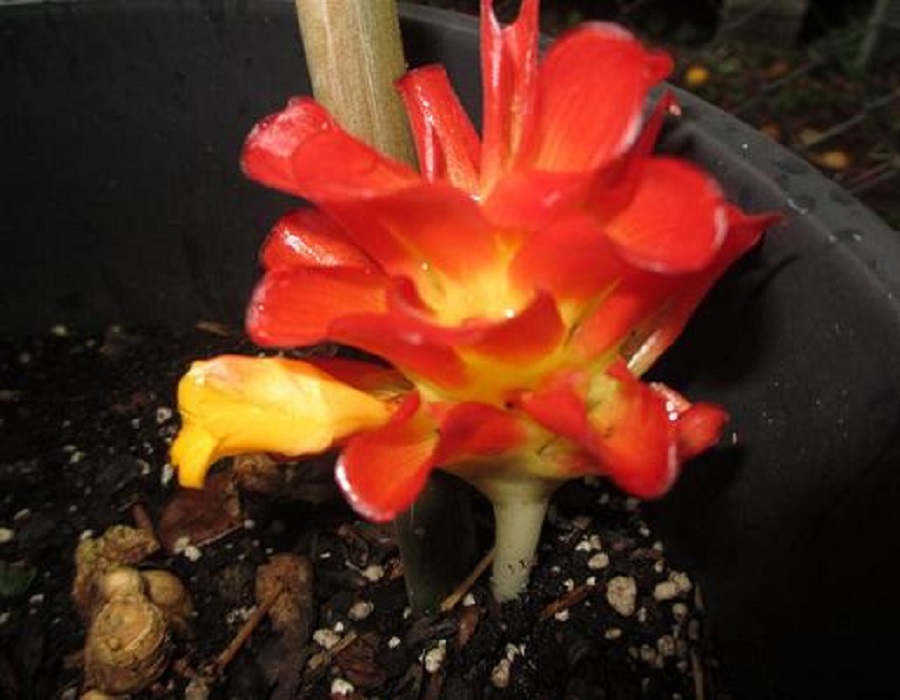

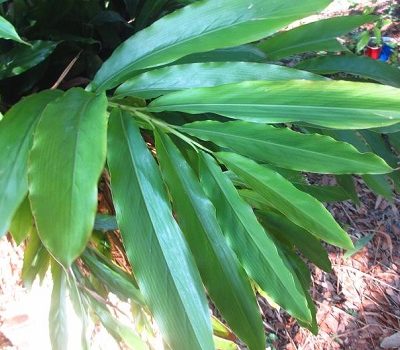
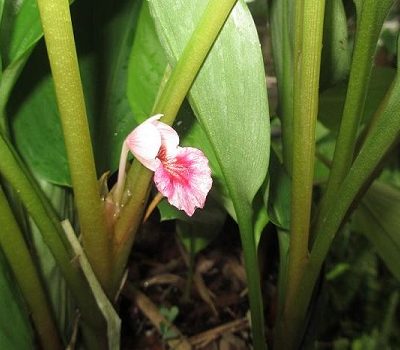

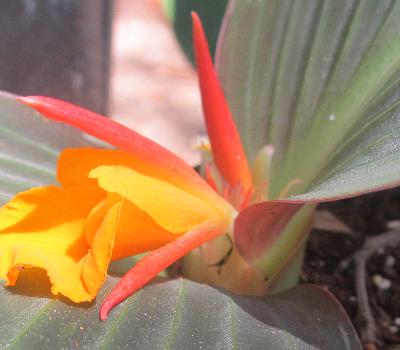

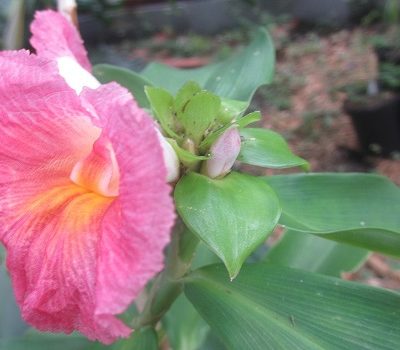
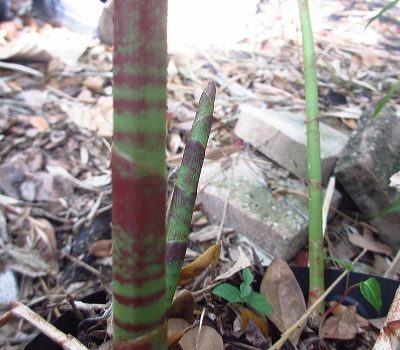
As a ginger the rhizomes can be eaten?
I’m looking for goo and health, reasonably priced Tumeric.
Not all gingers are edible. I’m not sure if this can be eaten or not. I grow it as an ornamental.